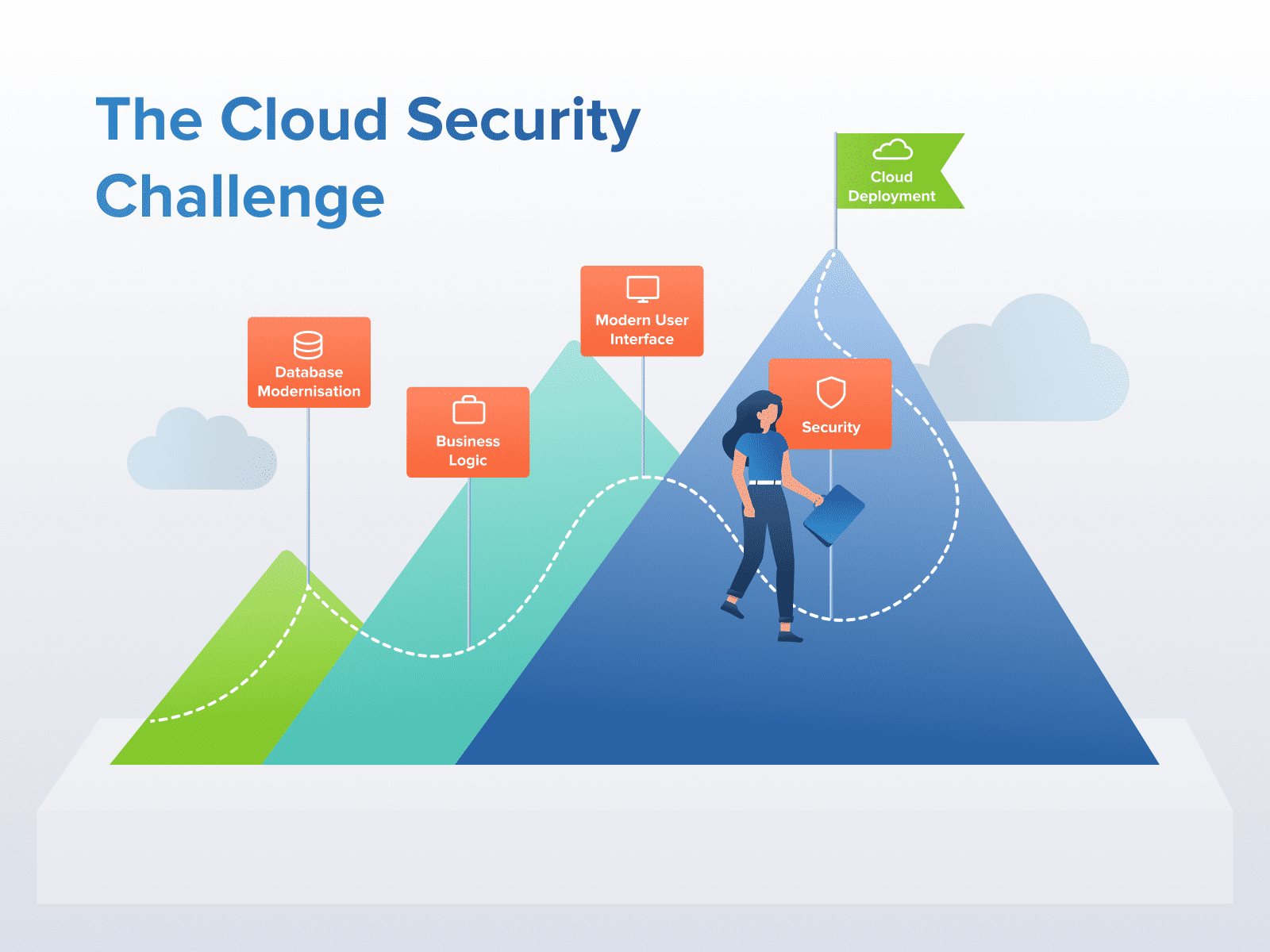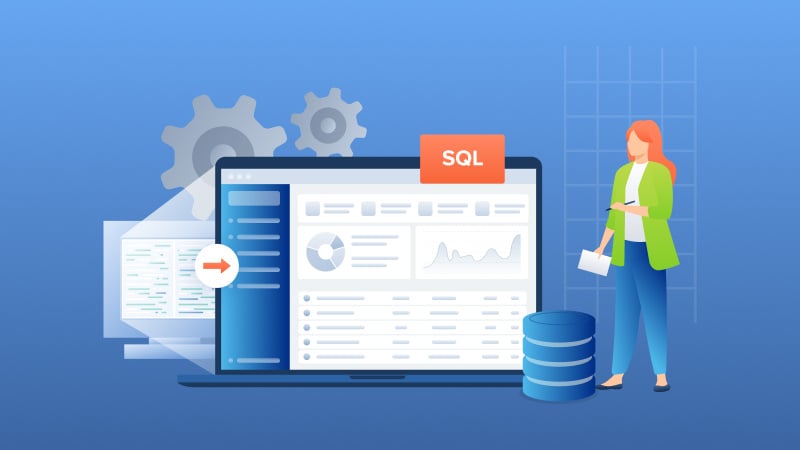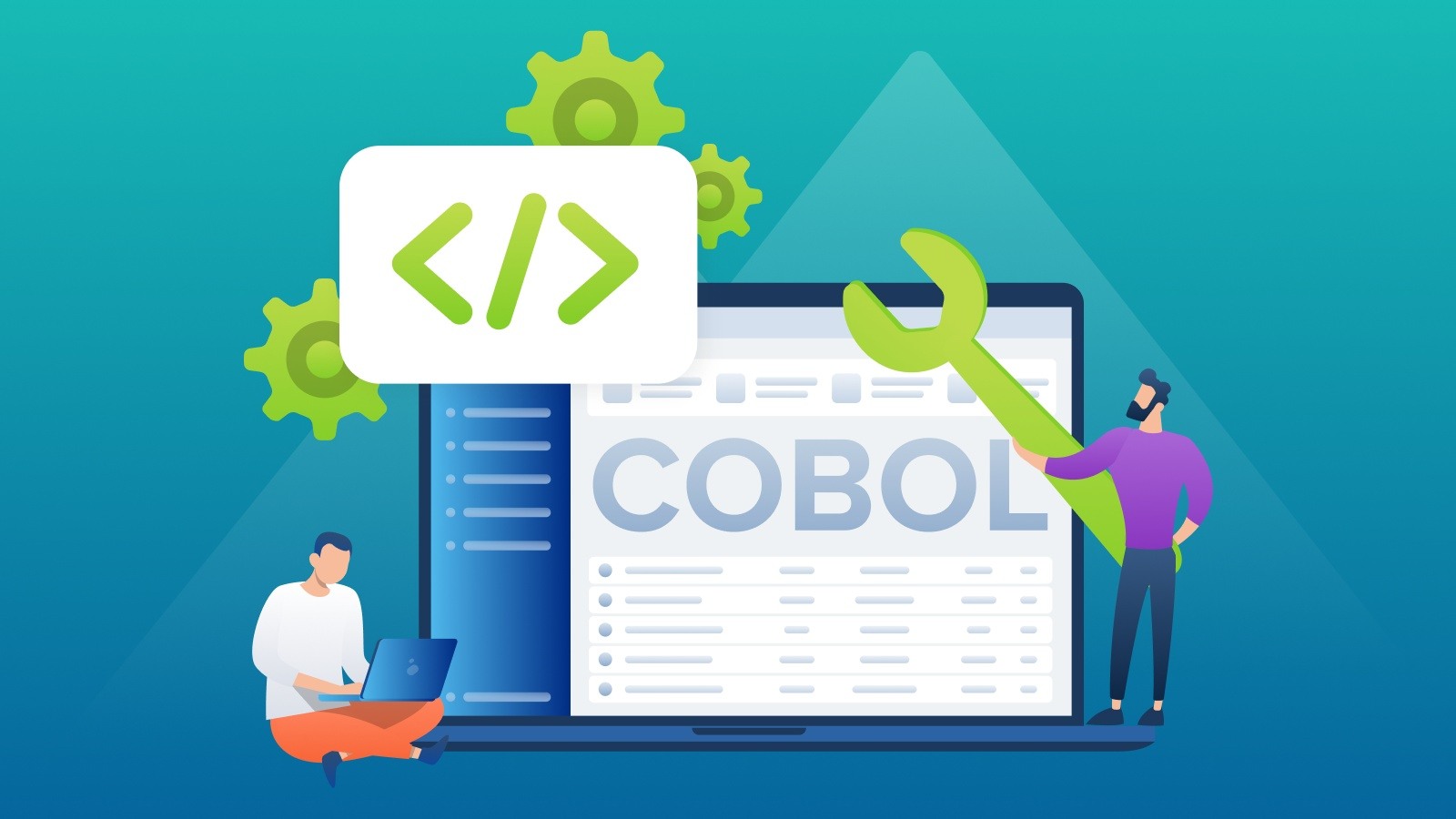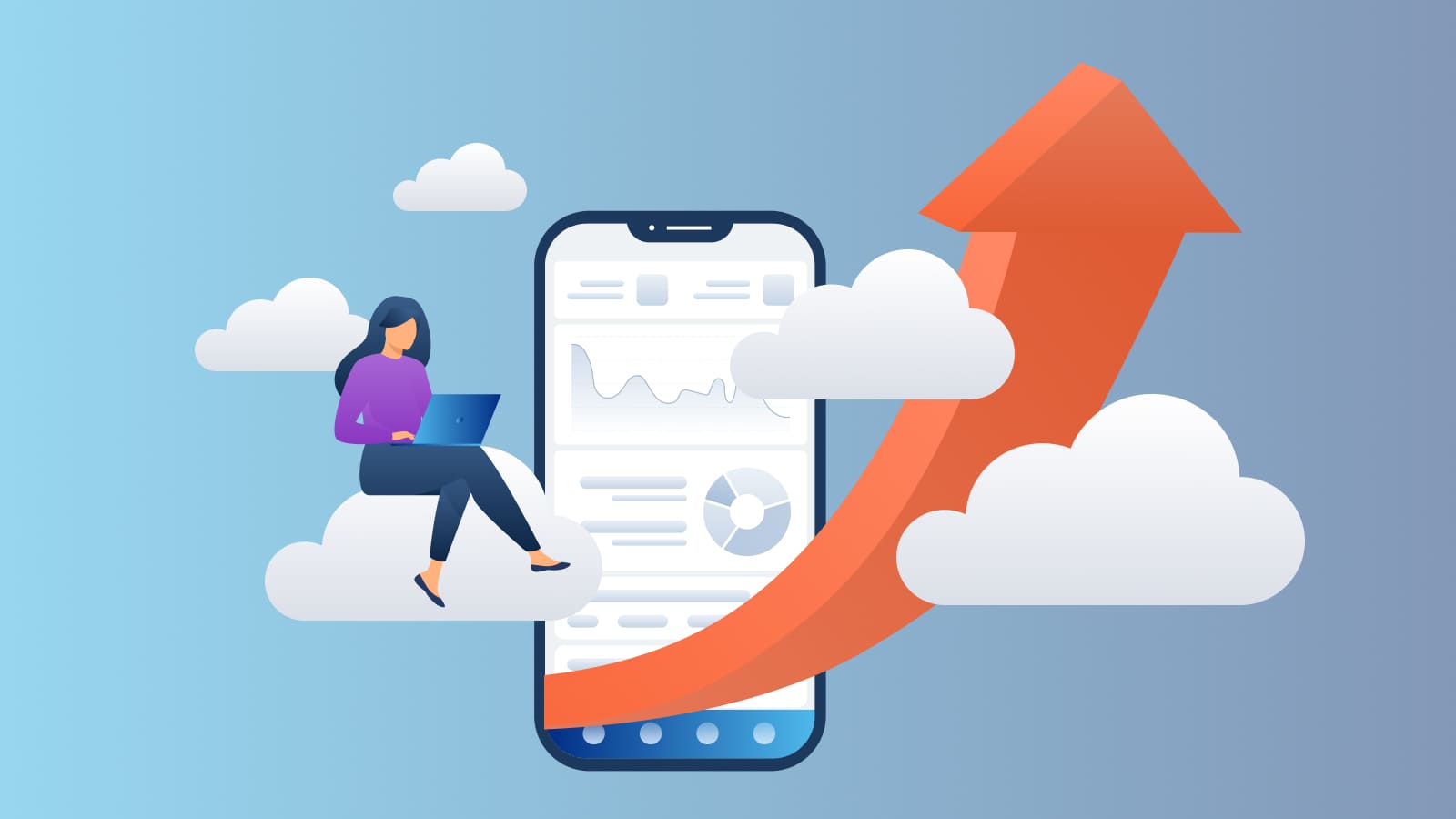Why Migrate from Btrieve to PostgreSQL and other Relational Databases?
Introduction Many independent software vendors (ISV) and corporate users still rely on applications that use a category of database collective called...
7 min read
 Mertech
:
Oct 31, 2023 12:51:08 PM
Mertech
:
Oct 31, 2023 12:51:08 PM

When modernizing from being a traditional software vendor deploying desktop applications to cloud-native SaaS applications, it is crucial to evaluate cloud security's potential risks and consequences carefully.
A company's firewall protects on-premise Windows applications. If the application had a client/server architecture, the clients were also located behind a firewall. The main security concern in these setups was typically user management, such as validating user identities and determining their access rights. However, for a SaaS product running in the cloud, you must consider new security risks that you didn't have to worry about before.
So, how can you ensure the integrity of your SaaS application in the cloud, and are the risks worth it? We firmly believe they are, so we have compiled this comprehensive guide on cloud deployment security risks and how to mitigate them for a secure and modernized cloud-native application.
From the perspective of safeguarding applications, the advent of the open Internet as a universal channel of communication among cloud-based application components, on-premises components, and user devices (laptops, phones, tablets, etc.) necessitates implementing security measures like encryption for every message and API connection. Securing these elements is crucial to mitigate potential security risks, which can be classified into two main types:
When deploying a SaaS application to the cloud, there are multiple security risks and potential vulnerabilities that you should look out for at an application level. According to OWASP, these can vary depending on the architecture and technologies used, but here are some examples of the major ones to keep in mind.
Data breaches can potentially cause significant harm, including the theft of sensitive information, financial repercussions, damage to reputation, and non-compliance with data protection laws. Several aspects can lead to data breaches:
Code vulnerabilities threaten SaaS applications regardless of whether they're deployed on the cloud or not. However, they can be especially dangerous as part of app modernization and migration projects from legacy to cloud.
The good news is that all modern languages creating and consuming web-facing RPCs (REST, SOAP, etc.) can be secured. The bad news is that they are not secured automatically. Security-aware developers must write code-specific ways to make sure their code is secure. Some of the major risks include:
Web APIs are particularly important to secure because, unlike web applications that are designed to be used by people, web APIs are designed to be used by other programs. While web APIs are vulnerable to many of the same kinds of attacks as web applications, such as SQL injections, they are easier for hackers to attack because they can write programs to perform their attacks.
In other words, while it is possible to create highly secure web APIs, it’s also completely possible to create highly insecure APIs.
IAM practices are crucial for managing and regulating access to cloud resources, allowing organizations to control and secure their data and applications in the cloud. Some of the main pitfalls that this aspect can suffer from are:
Infrastructure-level security threats refer to the vulnerabilities external to the application and related to the cloud environment. Some of the main OWASP threats fall under this category, as they can be handled by providing this layer in front of the application.
Improperly configured settings and inadequate cloud security strategies often serve as the main entry point for threat actors to gain unauthorized access to sensitive data, including passwords, financial information, phone numbers, and more. These misconfigurations act as a gateway for attackers, putting cloud data at risk of breaches and compromising the system's overall security.
Below is a compilation of some of the commonly misconfigured cloud components that can potentially jeopardize the security of the cloud environment:
When transitioning your workloads to a public cloud, the concept of operational visibility becomes crucial. It entails the ability to effectively monitor, track, and comprehend the various activities, events, and behaviors within your cloud computing environment. However, it's important to note that migrating to the cloud means relinquishing certain controls that were previously available on-premises. The following elements are just some of the aspects that can result in a security threat:
If you browse our application modernization case studies, you'll see that security is a cornerstone in our cloud deployment and modernization processes. But how can you do the same?
The answer lies in following best practices to make sure you are transitioning to cloud without creating any loose ends and vulnerabilities that attackers can exploit.
Let’s take one familiar example - authentication. Let’s say a user successfully logs into a cloud application. Then, the user’s application needs to make subsequent API calls to the cloud application. Does the user have to log in over and over to make multiple API calls? Fortunately, they do not. The receiving API needs to know who is making the call to determine if the request should be carried out and data returned.
To avoid repeated logins, internet standards people have developed identity tokens such as the JSON web token that perform this exact function. They communicate identity information across the internet securely and scalability, so APIs have the information they need to make authentication and authorization decisions.
However, things are much more complex when traditional Windows developers are used to managing. For one, JSON web tokens have finite lifespans. If they are not used quickly enough, or the lifespan is not extended, the user has to reauthenticate to get a new token. Multiple re-logins do not make for a smooth user experience (or a happy customer).
Having your SaaS application running in an on-premise environment means that you typically approach penetration testing following traditional methodologies. However, cloud penetration testing requires different approaches. Spoiler alert: it’s not the same as the standard, but it’s definitely as critical (if not more).
The scope of penetration testing procedure for cloud deployment security entails various stages, going from evaluation and exploitation all the way to remediation. This scope can be categorized under three main types:
We recommend performing this procedure regularly to ensure your infrastructure is safeguarded against cloud security risks (and your customers are happy).
Migrating a desktop SaaS application to the cloud leads to a common issue arising: your customers might be subjected to vulnerabilities related to non-secure HTTP protocols. These protocols pose a substantial threat because user data (like passwords, sensitive keys, monetary transactions data, etc.) flow in plain text and aren’t protected by HTTPS encryption.
To prevent man-in-the-middle attacks, keyloggers, or packet sniffer tools from collecting and exploiting this data, make sure HTTPs are enforced throughout the entire infrastructure, your TLS certificates are valid, and no requests can go through non-secure protocols.
Let’s face it: the common factor between a cybersecurity expert and a regular collaborator is the fact that they're both human and human error is real.
One of the most important best practices you need to keep at the heart of your SaaS modernization project is ensuring the whole team is aware, educated, and trained to ensure the integrity of the application in a cloud-native environment.
From knowing how to create a strong password and recognizing a malicious email all the way to the most complex security measures implementation, everyone involved in cloud security operations should play an integral part in mitigating cloud security threats.
These practices are just the kind of thought and effort that goes into making a web API secure. Ankush Thaak over at Geekflare, has written an excellent blog post on securing API endpoints. He also recommends a series of tools to use to secure APIs, including web application security products that incorporate web application firewalls, distributed denial of service protection and protection against man-in-the-middle attacks, network scanners, and API test harnesses. Identity management products and runtime security monitoring tools.
Migrating your SaaS application to the cloud is risky, but it does offer you a real potential for growth and competitive advantage. We at Mertech always put security at the heart of our migration process, and we can summarize the main tips from our experience as follows:
Do you need help with securing your cloud migrating process? We're here to help!

Introduction Many independent software vendors (ISV) and corporate users still rely on applications that use a category of database collective called...

COBOL applications are the foundation of numerous essential business functions, especially within the banking, insurance, and government sectors....

Imagine breaking free from the constraints of old, monolithic systems and embracing the agility and innovation of cloud-based solutions.